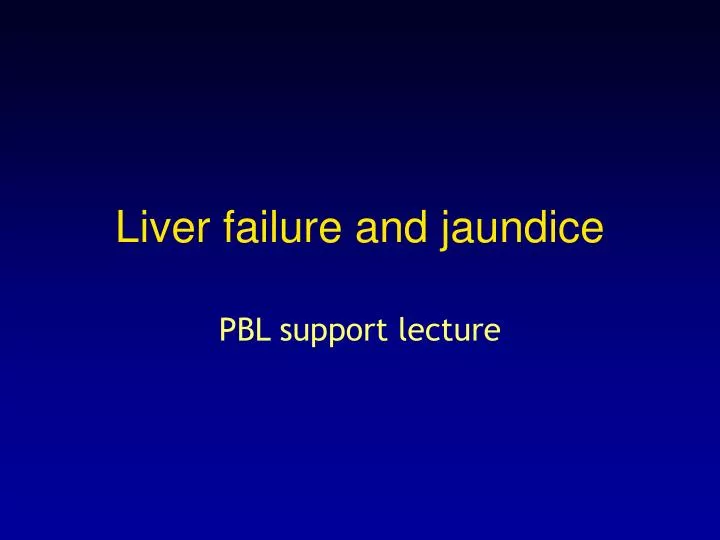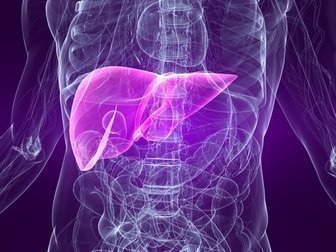

Remain unclear in patients with CLD and advanced HCC. Patients with CLD and HCC however, the effects of CR on prognosis Thus, CR has beneficial effects on sarcopenia in Treatment in patients with CLD and advanced HCC ( 16, 17). Worsening liver function during hospitalization for cancer Improved not only physical ability but also muscle mass without In patients with end-stage liver disease, exercise has potentialīenefits in terms of endurance and functional outcome measures Low-intensity exercise are effective for improving muscle volumeĪnd strength in patients with CLD. That branched-chain amino acid (BCAA) supplementation and Impairing the renal function in patients with cirrhosis and ascitesĮxacerbate the general condition of patients of cirrhosis withĬomplications such as esophageal varices and ascites. In addition, moderate-intensityĮxercise stimulates the renal vasoconstrictor system, markedly Therefore, increase the risk of variceal bleeding ( 12). Moderate-intensity exercise increases portal pressure and may, In patients with cirrhosis and esophageal varices, Taken together, it is important to payĪttention to sarcopenia in patients with CLD.

Prognostic factor for hepatocellular carcinoma (HCC) ( 11).

Sarcopenia is also significantlyĪssociated with hepatic fibrosis ( 10). Their quality of life and physical activity ( 9). Sarcopenia in patients with CLD is associated with a decline in Sarcopenia frequently occurs in patients withĬhronic liver disease (CLD) regardless of its etiology ( 7, 8). Sarcopenia is defined as loss of skeletal muscle Physical function, and quality of life in patients with cancer New multidisciplinary intervention for cancer patients, consists of Recommendation to maintain activity even in cancer patients Of Sports Medicine guidelines, exercise training is a key Physical function and skeletal muscle mass in patients with cancer WalkingĪs well as resistance training has been reported to improve Patients with cancer are recommended to maintain physical activity even during cancer treatment.Įxercise is recommended for patients with variousĭiseases including cancer ( 1, 2). CR was associated with prolonged survival in patients with HCC who underwent TACE. The survival rate was also significantly higher in the CR group than that in the control group after propensity score matching (median 529 vs. The survival rate was significantly higher in the CR group than in the control group (median 552 vs. SMI was significantly increased in the CR group compared with the control group.

The difference in survival rate between the two groups was also examined after propensity score matching. Kaplan‑Meier analysis was used to compare the survival rate between the CR and control groups. Independent factors associated with survival were evaluated by Cox regression analysis. The effects of CR on muscle mass were evaluated by changes in the skeletal muscle index (SMI) before and after TACE. Patients were classified into the CR (n=85) and control (n=67) groups. The present study was a prospective observational study, which analyzed 152 patients with HCC who underwent transcatheter arterial chemoembolization (TACE) between 20. We investigated the effects of CR on the prognosis of patients with HCC. Cancer rehabilitation (CR) improves patients' physical function and muscle mass. Sarcopenia is a prognostic factor for patients with hepatocellular carcinoma (HCC).


 0 kommentar(er)
0 kommentar(er)
